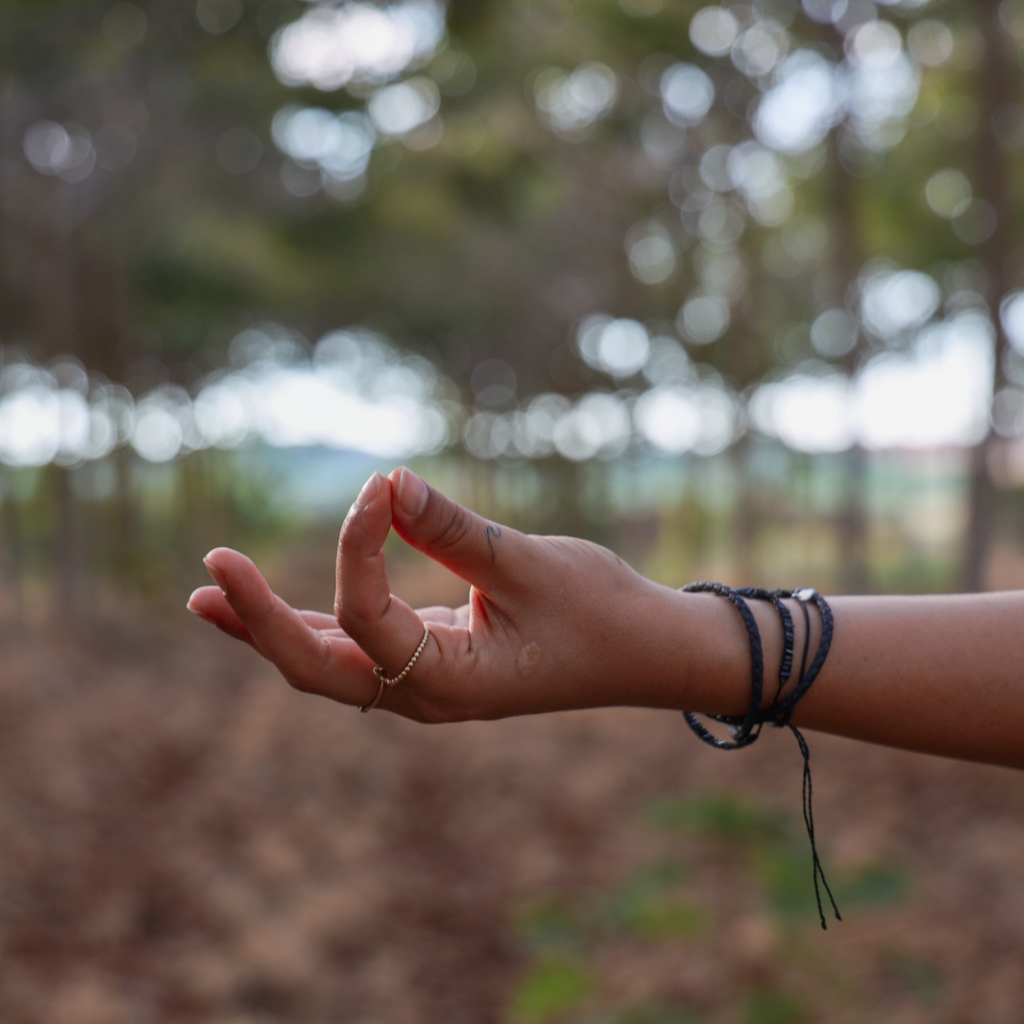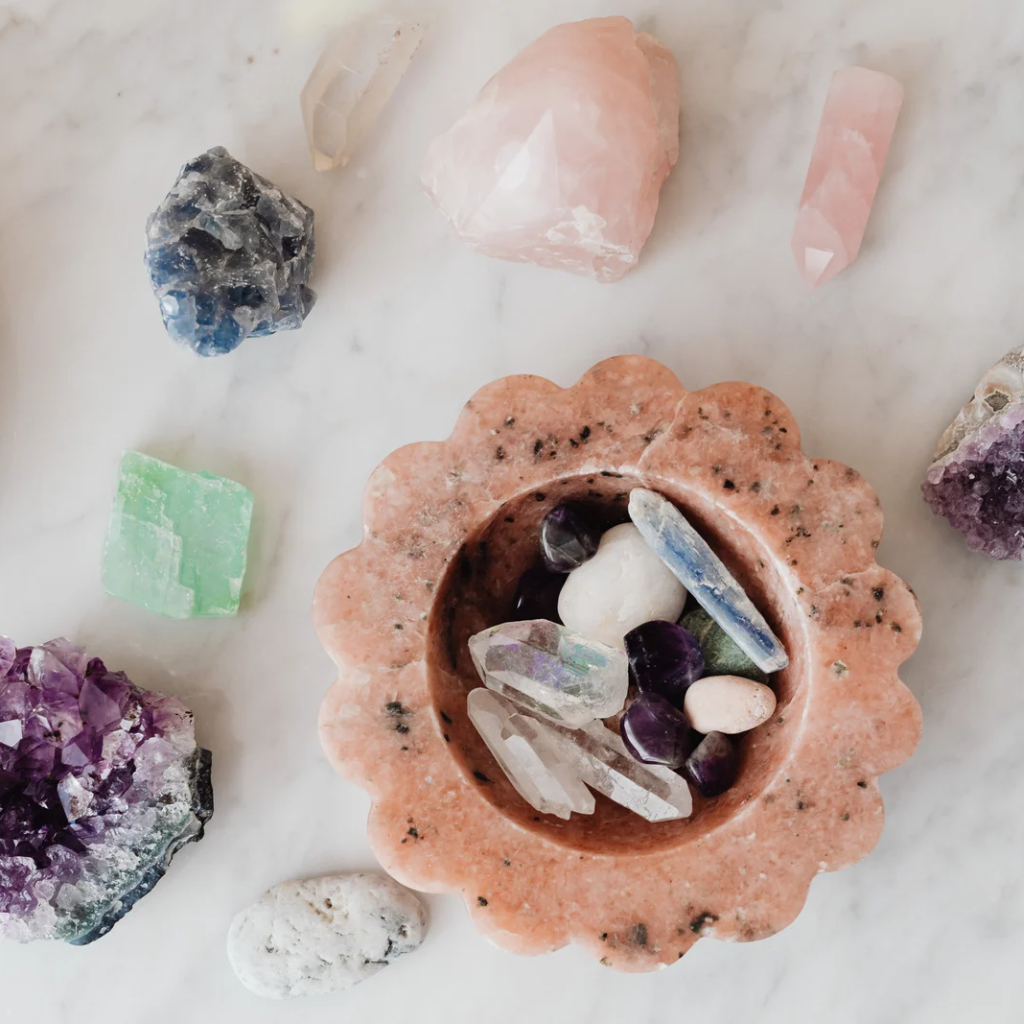Yoga For Bloating, Gas, Pain & Digestion With Liv

I have Crohn’s disease and I am really passionate about sharing my experiences of the effects of mind based therapies such as meditation, breathwork and yoga movement on my own condition and symptoms.
So just a little bit of science for you. The hypothalamus maintains homeostasis in the body – stress stimulates the release of chemicals from the hypothalamus, which then triggers the sympathetic nervous system (fight or flight), to release adrenaline, which then interacts with the entire gut. The counteractive system in the body is the parasympathetic nervous system, which calms the body down after the danger has passed and encourages normal intestinal motility.
When a person becomes stressed enough to trigger the fight-or-flight response, digestion slows down and can even completely stop so that the body can divert all its internal energy to facing whatever the threat may be. It can work the other way as well: persistent gastrointestinal problems can heighten anxiety and stress.
With our busy and hectic lives we are in fight or flight mode far too often within our day to day. This can be quite damaging to our mental and also physical health as it can lead to chronic stress, fatigue, gut health problems and also immune system issues.
Breathwork
Different breathing techniques have been proven to reduce stress, focus the mind and improve your mood. Box breathing is one of these techniques which incorporates a mix of equal inhales and exhales with retention between the breaths. This style of breathing can reduce stress and improve your mood which is always a plus when dealing with chronic pain.
I personally have learnt to use box breathing when I am having a flare with my Crohn's, the counting and holding of the breath helps me to focus my mind away from the pain and also helps me to feel like I am gaining back some control of my body when suffering from symptoms which are out of my control. It also helps me to feel more in control mentally when feeling stressed and anxious because of my physical symptoms.
How to Box Breathe
Make sure you are sitting comfortably, either on the floor, in a chair or laying down (you can even do this in bed if you are unwell or trying to cope with pain). You can take your hands to your belly to connect to your breath or simply relax the hands in your lap or by your sides.
Close your eyes and make sure you are comfortable and relaxed.
This exercise is called box breathing because you inhale (for the count of 4), hold the breath (for the count of 4), exhale (for the count of 4) and hold again (for the count of 4). So the breath can be visualised as a box or square.
Start by equalising your inhale and exhale to the count of four. After about 5 long breaths you can add in the holds, start with the inhale first.
To release you can remove the holds and just come back to the equal inhale and exhale for another 5 long breaths, before returning to your normal breathing pattern. To keep your mind from wondering and starting to think about your to do lists for the day, you can imagine a special place where you feel comfortable and safe. Visualise any sounds, smells or maybe textures that you may experience there. This will help you to stay relaxed and focused. I always go to an empty beach! When you are ready to finish your breathwork you can slowly turn your attention back into your space and to your breath. A minimum of 5 minutes is recommended.

Movement
Gentle movement (yoga asana) can be really effective with some of the symptoms of digestive complications. Apanasana is a great posture, in Sanskrit the name translates to ‘Wind releasing pose’ laid on your back, draw your knees to your chest. You can hug around the front of your shins or the back of your thighs. The gentle compression of drawing your knees closer to your chest as you exhale will massage the internal organs, helps with digestion and can more gas through the body. This posture is nurturing and restorative. Hugging the knees up lengthens the spine and can relieve tension to the lower back (a place where I often feel pain if I am suffering from intestinal issues). If both knees to the chest causes any strain on the back, you can practice this pose with one knee drawn up to the chest and the other leg bent, sole of the foot on the ground.
Try Suspine Twist

Supine Twists are great poses to relieve tension within the body. I usually end my sequences with a supine twist as it helps to wring out any left over tension in the body and allows students the time to start to unwind from the practice. Supine means laid on your back, twists on the back are more restorative as you can allow gravity to do most of the work within these poses taking the weight off your joints. Twists are detoxifying and cleansing poses which massage the internal organs so great for the digestive tract. Always twist right first finishing with twisting to the left as this is the direction of the digestive system.
Try Child's Pose

Childs pose is an incredibly calming and restorative posture. If you practice this with your knees wider than your hips you will allow space for your abdomen to relax between your thighs. As this pose helps to stretch the hips, thighs, and ankles it also helps to reduce stress and fatigue. It gently relaxes the muscles on the front of the body while softly and passively stretching the muscles of the back torso. You can make this pose even more gentle and restorative by folding over a bolster or stack of pillows to completely support the weight of your chest.



Leave a comment